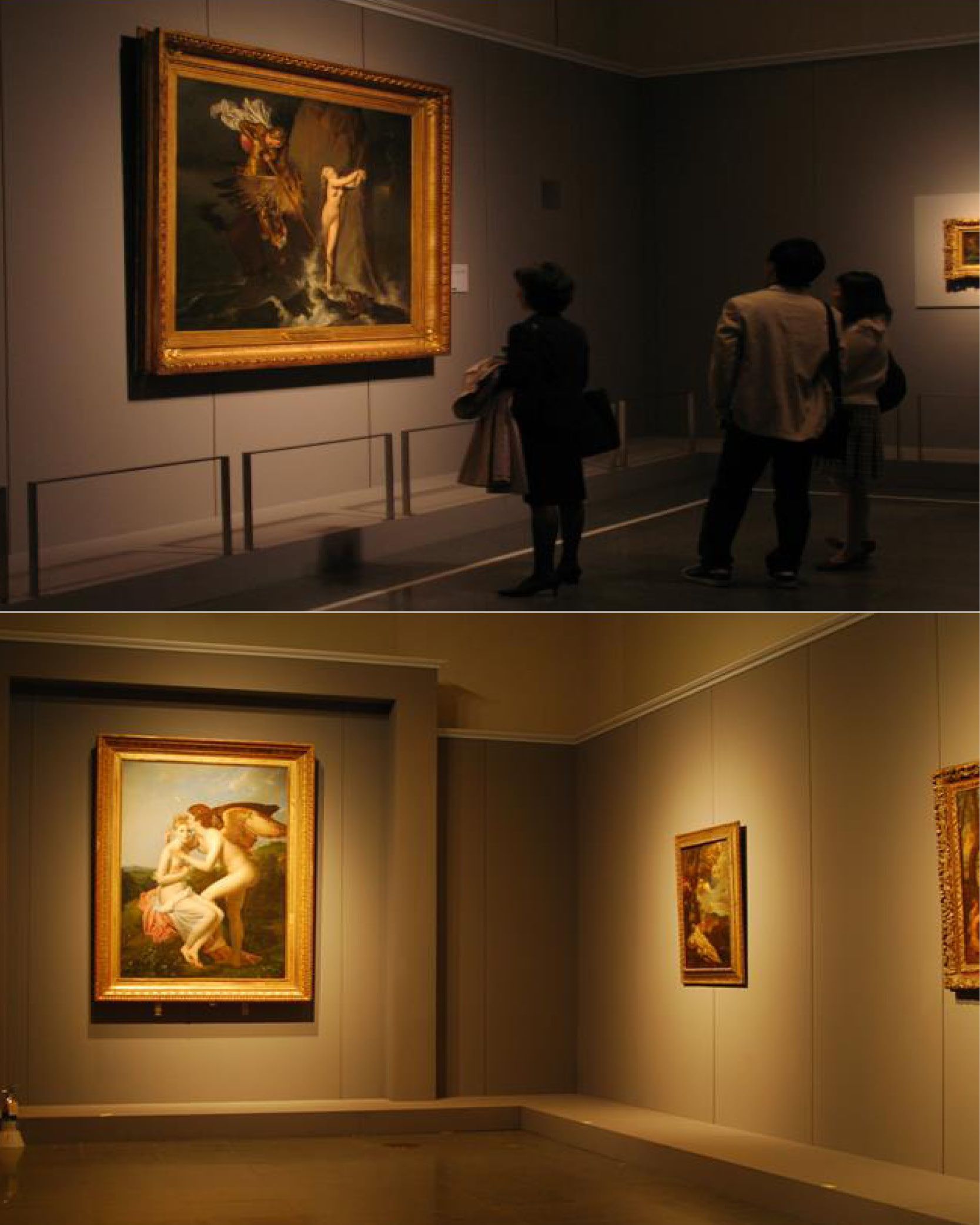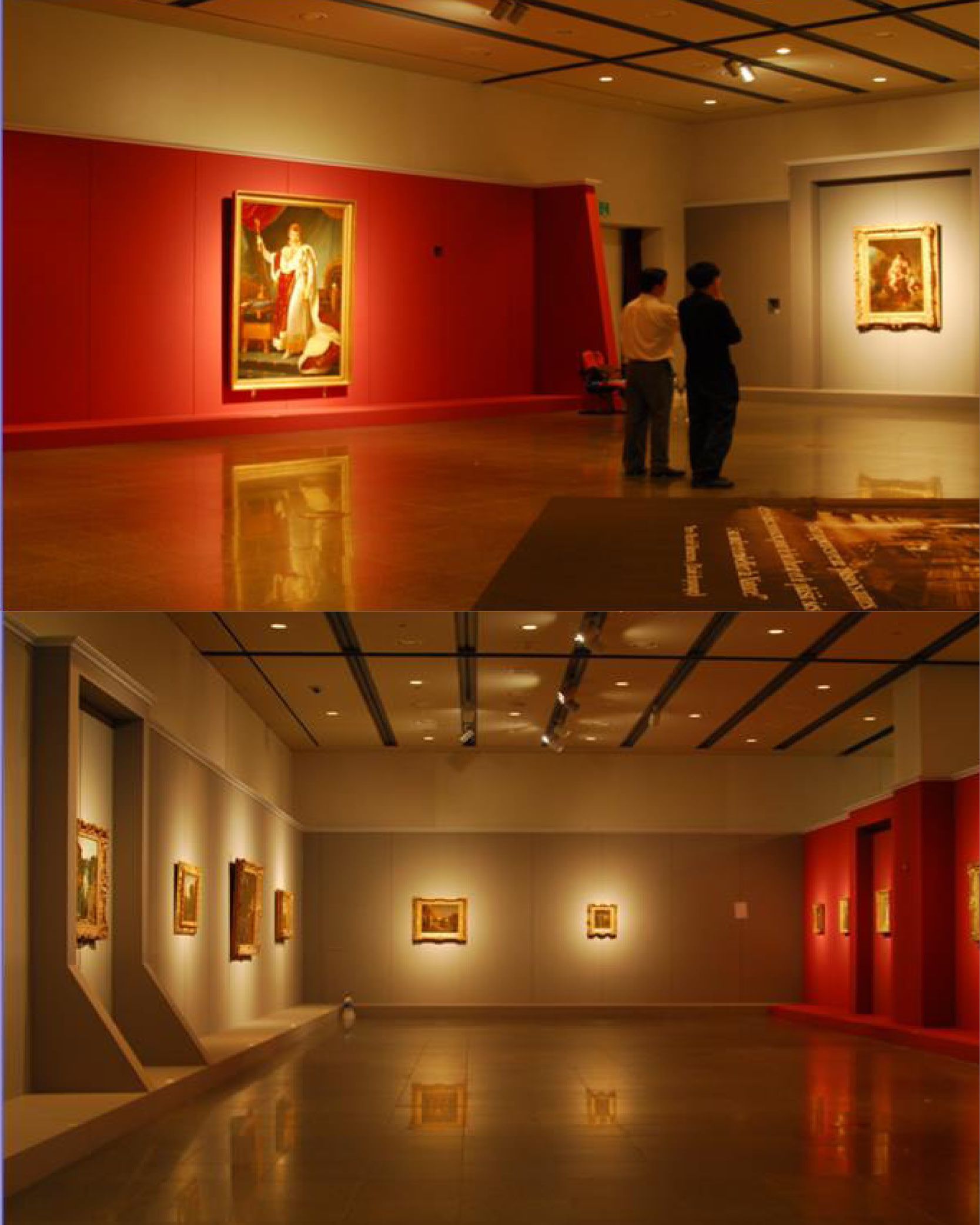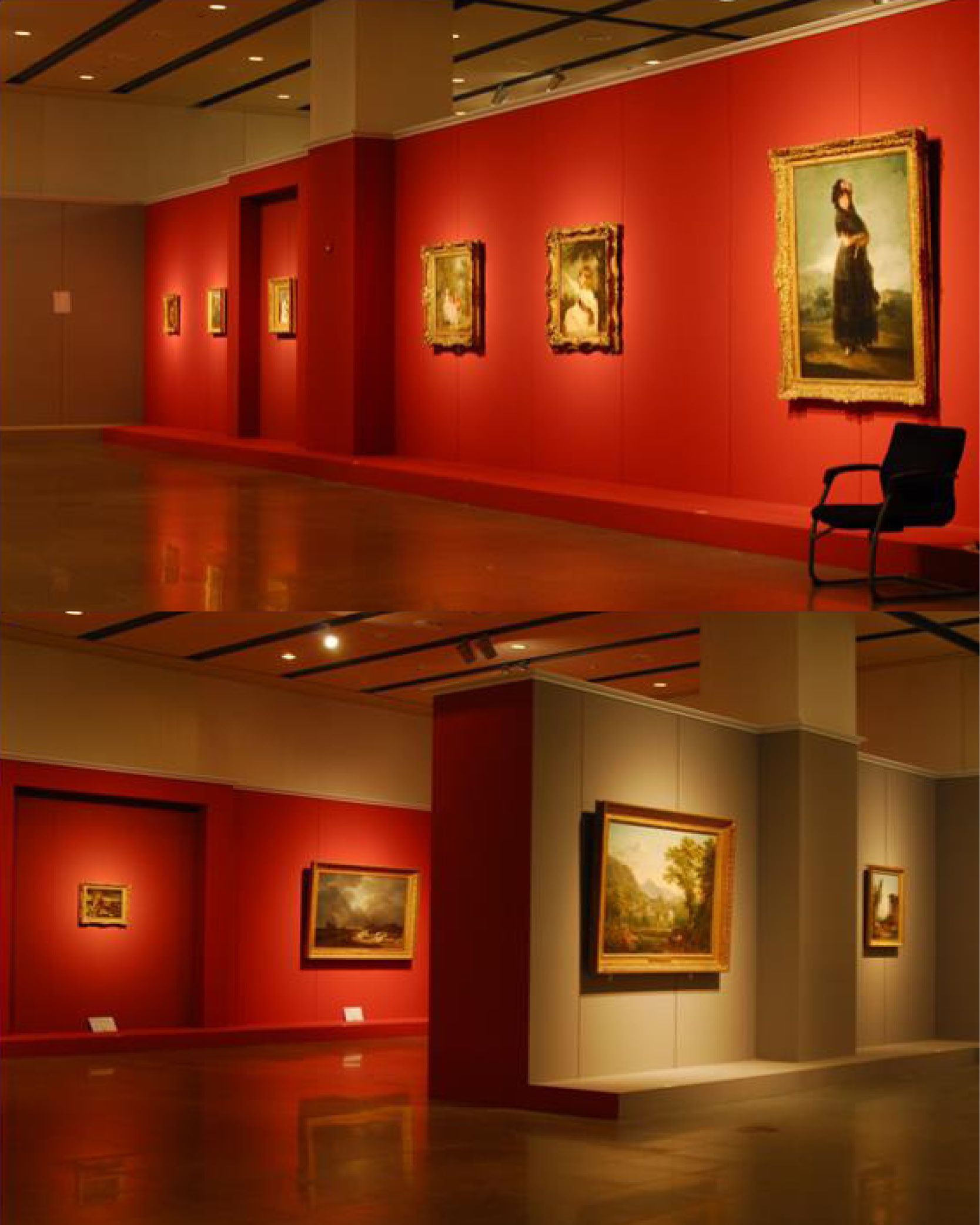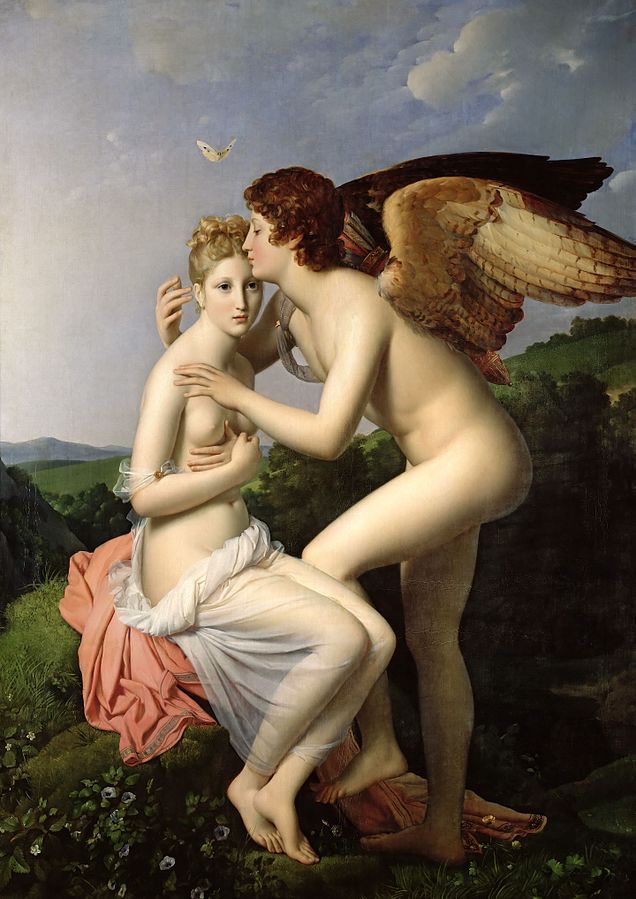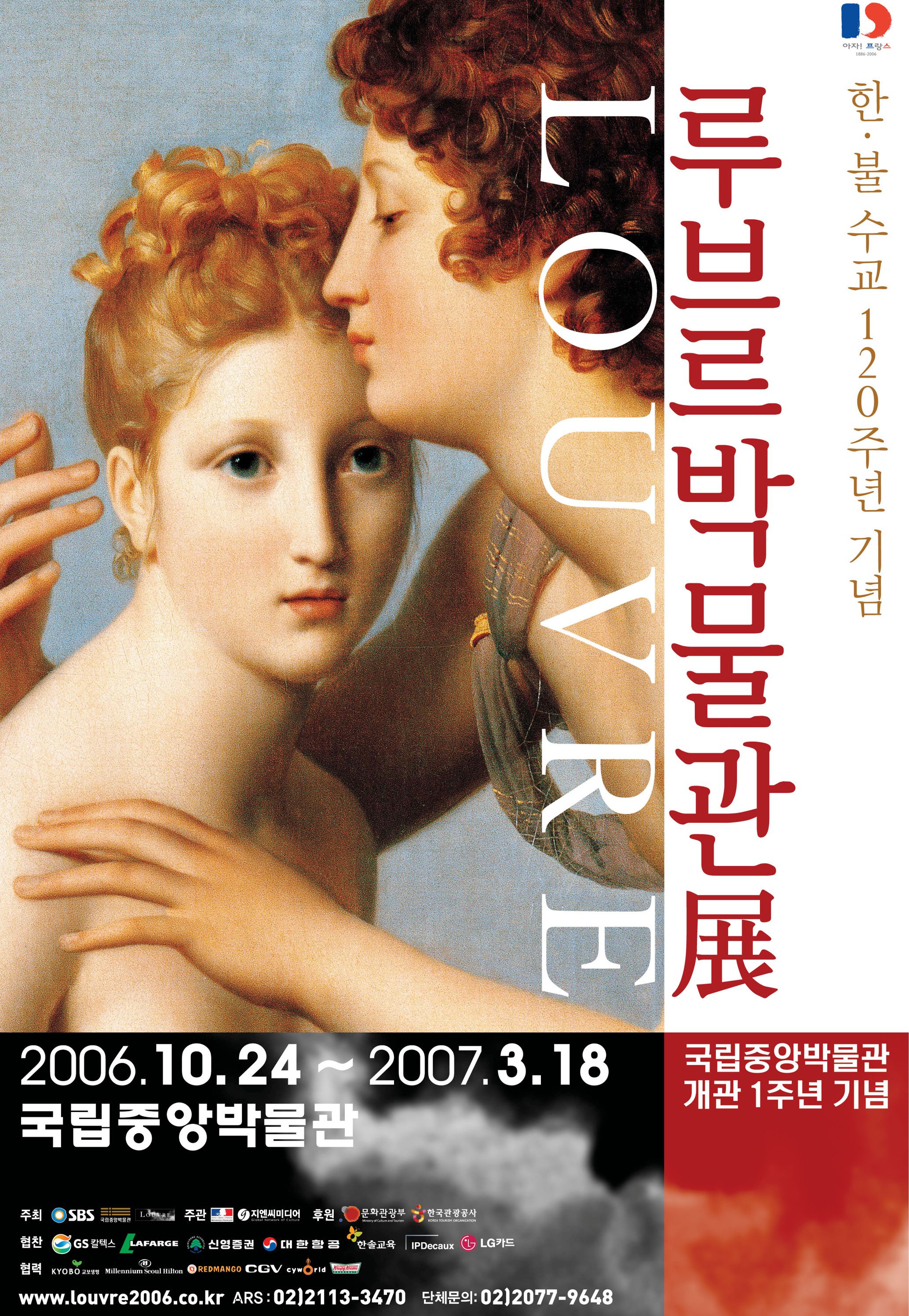Musée de Louvre: Landscape in Painting
: Celebrating the 120th Anniversary of Korea-France Relations
Oct. 24. 2006 - Mar. 18. 2007
National Museum of Korea
This first exhibition of the Louvre collection celebrates the 120th anniversary of the establishment of Korean-France diplomatic relations. The selected pieces from the Louvre collection surveys the history of European landscapes from Renaissance to the 19th century.
The 120th year anniversary of Korea-France diplomatic relations
The first exhibition of the Louvre Collection in Korea
After 6 years of preparation, the exhibition of the Louvre collection finally opens in Korea for the first time. As agreed in January 2005, this national event is part of the celebration of the 120th anniversary of Korea-France relations, officially recognized by the French government.
1.2M visitors in Japan, 800K visitors in Taiwan
In 2005, the Louvre exhibition with the theme of "the Landscapes of the 19th Century" was executed successfully in Japan, having received around 1.2M visitors. As it travels to Korea, the exhibition explores more of the objects that we are familiar with from history.
The Louvre collection that represents 400 years of Art History
This exhibition was put together with the works that we can recognize from the basic art history textbooks. About 70 paintings represent different periods of history from the 16th century to the 19th century.The collection of the Louvre museum is the national treasure mostly originally owned by the French Kings from the 16th to 19th century. As that period of French history is recalled as the golden period, the cultural and aesthetic objects in this collection are invaluable. This exhibit offers a precious opportunity to appreciate the long history of European art and the collection's wide scope of subjects, especially the beauty of nature and humankind.
Content
Section 1. Sacred Forest
Forest is the ideal place for gods and goddesses to appear in biblical stories. For this reason, the sacred and supernatural figures were mostly set in the forest background, showing the painters tried to blend the figures within the natural scenery.
Section 2. The Golden Age
'The Golden Age' refers to the mythological happiness with peace, abundance, and painless life, three of which equal the conditions of the instinctive pursuit of happiness. The works that depict the mythological golden age are on view in this section.
Section 3. The Ideal of Classicism
It's also important to look at landscapes in the aspect of classicism's influence. Classicism invented the system of 'elements' in paintings which also led to the development of new genres such as 'historical landscape' and 'heroic landscape.'
Section 4. From Caprice to the Sublime
Nature is one of the most profound subjects as it offers various aspects and creatures. The paintings in this section bring the boundless beauty of nature that touches our souls.
Section 5. Italy of Painters
After the Renaissance period, the Greek and Roman cultures were heavily embedded in the western cultural scenes. The artists endeavored to find new inspiration and to come up with their own solutions to absorb the technique and motifs. They were often fascinated by Italian immaculate architecture and landscapes. Section 6. Hunting and War
Hunting and war remain to be the most ancient activities that men had to involve. Also, they are symbolically important evidence to track humanity in history. Men painted to leave their marks of existences and experiences.
Section 7. Portrait and Landscape
Nature often appears allegorically and abstractively in paintings as it is strongly linked with mankind. <Portrait and Landscape> section examines the close relationship between humans and nature and how it appears to the artists.
Section 8. Nature and its Aesthetic Beauty
In the late 19th Century, the landscape became one of the important subject matters, especially in French art. Many collectors and artists started to pay more attention to the landscapes than the previous historical pictures.Information
- Dates
- Oct. 24, 2006 - Mar. 18, 2007
- Location
- National Museum of Korea
- The Total Objects
- 70 pieces
- 70 pieces
- Host
- SBS, National Museum of Korea, The Musée du Louvre
- Organizer
- GNC Media, Embassy of France in Korea
- Sponsor
- GS Caltex, Lafarge, Shinyoung Securities, Korean Air, Hansol Education, IP Decaux, LG Card
- Support
- Ministry of Culture, Sports, and Tourism, Korea Tourism Organization
